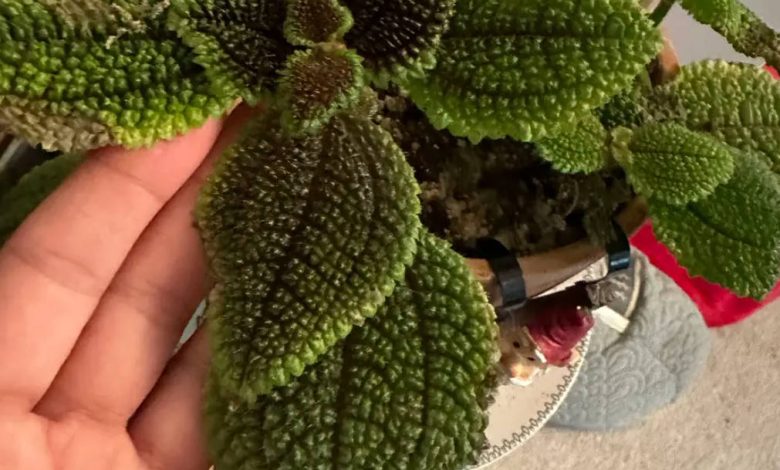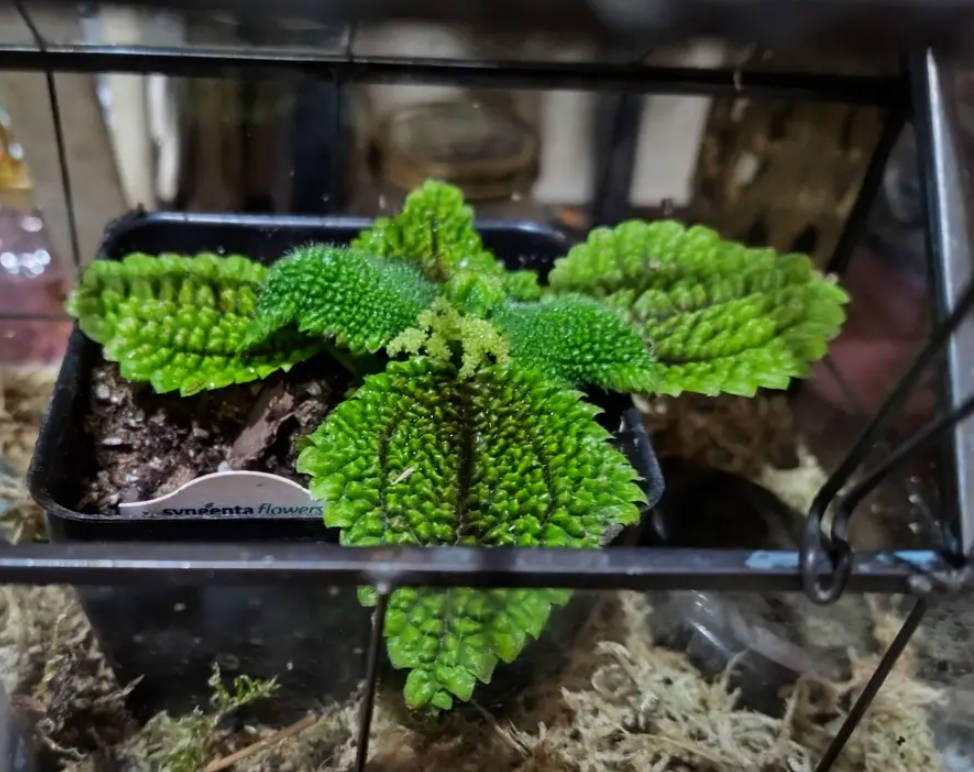The Mystique of the Gumshoe Plant: A Botanical Enigma

The world of plants is vast and fascinating, filled with an array of species that vary in appearance, habitat, and uses. Among the intriguing flora, the gumshoe plant stands out as a botanical enigma. This article delves into the mystique of the gumshoe plant, exploring its unique characteristics, habitat, benefits, and the role it plays in the ecosystem.
Unveiling the Gumshoe Plant
The gumshoe plant, a name that evokes curiosity, is a relatively lesser-known species. Its scientific name, Gumshooa enigmatica, suggests a sense of mystery and intrigue. This plant is characterized by its distinctive gum-like resin and unique foliage, which have made it a subject of interest among botanists and plant enthusiasts alike.
The gumshoe plant is typically found in subtropical and tropical regions, thriving in environments that offer ample moisture and sunlight. It is a perennial plant, meaning it lives for more than two years, and its resilience and adaptability make it a fascinating subject of study.
Physical Characteristics
The gumshoe plant is notable for its robust and hardy structure. Its leaves are broad and glossy, often exhibiting a deep green hue that adds to its allure. One of the most distinctive features of the gumshoe plant is the gum-like resin that it secretes. This resin, which oozes from the stem and branches, has a sticky texture and a pleasant, aromatic scent. It is this resin that has given the plant its name and has also sparked interest in its potential uses.
The flowers of the gumshoe plant are another point of interest. They are typically small but vibrant, with colors ranging from bright yellow to deep orange. These flowers not only add to the aesthetic appeal of the plant but also play a crucial role in its reproductive cycle, attracting pollinators such as bees and butterflies.
Habitat and Distribution
The gumshoe plant is predominantly found in subtropical and tropical climates, where it thrives in the warm, humid conditions. It is native to regions of Southeast Asia, parts of South America, and some Pacific islands. The plant prefers well-drained soils and is often found in forested areas, where it benefits from the dappled sunlight filtering through the canopy.
Despite its preference for specific climatic conditions, the gumshoe plant has demonstrated a remarkable ability to adapt to different environments. This adaptability has allowed it to spread to various parts of the world, where it is now cultivated both for its ornamental value and potential medicinal properties.

Ecological Significance
The gumshoe plant plays a significant role in its native ecosystems. As a source of nectar, its flowers attract a variety of pollinators, which in turn support the reproduction of many other plant species. The plant’s resin also has potential ecological benefits. It has been observed to deter herbivores, thereby protecting the plant and allowing it to thrive in its natural habitat.
Furthermore, the gumshoe plant contributes to the health of the soil. Its roots help prevent erosion, and the organic matter from fallen leaves adds nutrients to the soil, promoting a healthy and balanced ecosystem. This ecological significance underscores the importance of preserving the natural habitats where the gumshoe plant is found.
Medicinal and Practical Uses
One of the most intriguing aspects of the gumshoe plant is its potential medicinal properties. Traditional medicine in regions where the plant is native has long utilized various parts of the plant for their purported health benefits. The resin, in particular, is believed to have anti-inflammatory and antimicrobial properties. It has been used to treat a range of ailments, from skin conditions to respiratory issues.
Modern scientific research is beginning to explore these traditional uses, with preliminary studies suggesting that the gumshoe plant may indeed have compounds with medicinal potential. This has sparked interest in further research and development, with the hope of discovering new drugs and treatments derived from the plant.
In addition to its medicinal uses, the gumshoe plant also has practical applications. The resin, for example, can be used as a natural adhesive, and the wood of the plant is sometimes utilized in construction and crafting. These practical uses, combined with its ornamental appeal, make the gumshoe plant a valuable resource in various industries.
Cultivation and Care
For those interested in cultivating the gumshoe plant, understanding its specific needs is essential. The plant requires a warm and humid environment, with ample sunlight and well-drained soil. It is relatively low-maintenance, but regular watering and occasional fertilization can help ensure healthy growth.
Propagation of the gumshoe plant can be achieved through seeds or cuttings. Seeds should be sown in a well-prepared seedbed, while cuttings can be taken from healthy plants and rooted in a suitable growing medium. Once established, the gumshoe plant can thrive with minimal intervention, making it an attractive option for gardeners and horticulturists.
Conservation and Sustainability
Despite its adaptability, the gumshoe plant faces threats from habitat loss and environmental changes. Deforestation, climate change, and human activities have impacted the natural habitats of many plant species, including the gumshoe plant. Conservation efforts are crucial to ensure the survival of this unique species.
Sustainable cultivation practices can also play a role in preserving the gumshoe plant. By promoting responsible harvesting and cultivation, it is possible to reduce the pressure on wild populations and support the long-term survival of the species. Conservation organizations and botanical gardens are actively involved in efforts to protect the gumshoe plant and its natural habitat.
The Future of the Gumshoe Plant
The future of the gumshoe plant is filled with potential. As research continues to uncover the medicinal properties and practical uses of the plant, it is likely that its value will only increase. Conservation efforts and sustainable practices will play a crucial role in ensuring that the gumshoe plant remains a part of our natural heritage.
The gumshoe plant, with its unique characteristics and fascinating potential, serves as a reminder of the incredible diversity of the plant kingdom. Its story is one of resilience, adaptability, and mystery, capturing the imagination of all who encounter it.
Conclusion
The gumshoe plant is a botanical wonder that continues to intrigue and inspire. From its distinctive resin to its vibrant flowers, it offers a glimpse into the complexity and beauty of nature. As we continue to explore and understand this enigmatic plant, it becomes clear that the gumshoe plant holds a special place in the world of botany.
Preserving the gumshoe plant and its natural habitat is essential for future generations to appreciate and benefit from its unique properties. Whether for its ecological significance, medicinal potential, or simply its aesthetic appeal, the gumshoe plant remains a testament to the wonders of the natural world.
Cherry Tomato Yellow Plant : A Comprehensive Guide to Growing and Caring for Your Garden
Cultivating the Dipladenia Plant: A Guide to Growing and Caring for Rocktrumpet
